Qualitative and Quantitative Comparison of Numerical Methods for Solving Partial Differential Equations
Reza Abedi, Scott Miller
Cost-effectiveness, robustness, and stability of numerical schemes are some of the main considerations in method design and selection. In addition, the extensibility and modularity for multiphysics applications and performance in parallel environments are a few other criteria that are recently attracting more attention. Through such kinds of comparison between various numerical schemes, we aim to make more judicious choices for the underlying computational scheme for a given problem.
Suitable error norms and their convergence rates, CPU time, memory usage, number of degrees of freedom, and break-down of various stages of the computation---such as integration, assembly, and solution---are some of the main quantitative indicators. The comparisons could be carried within or across distinct numerical schemes (e.g. various finite element, finite volume, and finite difference methods), element/stencil shapes (when applicable), and integration, assembly, and solution strategies. Finally, the performance in parallel environments and under the existence of low regularity solution features, such as shocks and singularities, are a few other areas of interest.










